Climate and Energy Summit 2025
Next event In person & livestreamed

- Area of Expertise
- Climate, Energy & Natural Resources
Climate, Energy & Natural Resources

Former CEO of Vattenfall and adviser to German Chancellor Angela Merkel on climate issues
There was a mood of alarm about climate change at January’s World Economic Forum in Davos. “Our planet is warming dangerously and we need to act now to avoid catastrophe”, said Angel Gurría, Secretary-General of the OECD. Although many countries across the globe are moving ahead with national plans to reduce their carbon footprint, negotiations on an international climate change agreement have lost momentum and the European Union’s leadership role has been declining since COP 15 in Copenhagen. Similarly, the European Commission’s long awaited ‘2030 policy framework for climate and energy’, which aimed to create a renewed momentum, has been widely criticised as a major setback for EU climate ambitions. There is an obvious leadership void in addressing the biggest challenge of our time, yet no political leader has shown any willingness to take the helm. Could Europe still revive its climate leadership role?
The external view on the EU’s current climate effort is not only that it is too costly and inefficient, but also that it lacks ambition. In addition, developing countries see the EU as being oblivious to their development priorities: to provide economic growth and energy for all.
Let’s review the EU’s achievements so far. The results of the ‘EU Emissions Trading System’ (ETS), Europe’s key tool for reducing industrial CO2 emissions, have been unimpressive thus far. The system’s integrity has not been safeguarded, there has been an over-allocation of emission rights, implementation methods differ between member states, and as the economy entered recession, no adjustment in the number of emission allowances was made. As a result, the price mechanism has not functioned as expected and the system credibility has been called into question. In addition to this, the reduction trajectory built into the system does not comply with the EU’s long-term goal to reduce CO2 emissions by 80% by 2050.
As member states subsidise renewable energy, often through feed-in tariffs, prices on the wholesale market are being influenced and effectively achieve a market split into a subsidised market without competition and a wholesale market with full competition
Even more disturbing is the fact that many member states’ policies run contrary to ETS guidelines. As member states subsidise renewable energy, often through feed-in tariffs, prices on the wholesale market are being influenced and effectively achieve a market split into a subsidised market without competition and a wholesale market with full competition. This means, in effect, that the price signal and the incentive to invest in low or no emission power generation is distorted or even removed. To make matters worse, the renewable energy subsidies are handled on a member state level while the ETS operates on an EU-wide level.
This lack of coordination comes at a huge cost to Europe. Calculations show that if the renewable target (20% by 2020) had been handled at the EU level instead, annual costs would be reduced by up to €20bn. A further weakness is that feed-in tariff systems tend to subsidise yesterday’s technology and don’t incentivise cutting-edge development. This is evident in the photovoltaic sector, where a massive subsidy-driven global overcapacity has built up. Given rapid technological development, the production assets cannot be used for their economic life, resulting in huge economic losses.
We are witnessing a total market failure. It is not possible to let a regulated market heavily influence a competitive market without severe unintended consequences. Little is achieved at high costs, and they also cause the poorest people to suffer the most.
In short, Europe has made insignificant progress on the climate problem, yet the cost of energy has exploded. The spread between the end-user price and the wholesale price has greatly increased. As a result, the will or even the capacity to invest is gone. Can this situation be turned around? There is a solid basis to build on; Europeans are still willing to support action to mitigate climate change, and businesses, particularly utilities, are very concerned and prepared to take action provided that coherent policies are put in place.
For example, many experts lament the fact that sustainable biomass is not systematically used. Coal plants can easily be converted to biomass and renewable electricity can be distributed through the existing grid. Biomass has the qualities to be a cornerstone of the low cost energy transformation.
To lead by example we must first address how to achieve an effective policy framework with considerably reduced costs. Our values, beliefs and economy are all rooted in market principles. It is clear therefore that market solutions can easily be integrated with the rest of the world, highlighting how the problem can only be solved by harnessing market forces.
The difficulty and cost of transforming the energy system varies considerably between countries. The EU’s ability to lead will depend on whether member states can find a way to work together in combating these differences
First, CO2 emissions must be made the centrepiece of policy, while other policies should be subordinated. Secondly, the emission cap must be compliant with the stated temperature stabilisation goal. Practically speaking, this would require a zero emission power sector by 2050, two decades before what current policies indicate. This would mean a resurrected ETS able to send powerful price signals with high credibility and transparency. Confidence in the current ETS is low, to a large extent because it is under the direct control of politicians. Why not institutionalise it at arm’s length, like with the European Central Bank? And perhaps an EU-wide CO2 floor price should also be considered.
It is also worth questioning whether there is a need for a subsidy system for renewable energy. Solar and wind, already mature technologies, should in the future be able to compete based on the support from the ETS.
A larger problem, however, is the difference in opinion among EU member states. The difficulty and cost of transforming the energy system – to decarbonise the economy – varies considerably between countries. The EU’s ability to lead will depend on whether member states can find a way to work together in combating these differences. On a global scale, these disagreements prevent progress with the UN Framework Convention on Climate Change. We need to find a burden-sharing mechanism accepted as fair by everyone.
There are several ways to reach this objective, though detailed solutions go beyond the scope of this article. Still, any successful policy design will have to fulfil a few key requirements. The policy must be low cost and able to direct resources to areas where the largest climate effect is achieved. The solution has to be neutral to technological alternatives; it shouldn’t pick winners and losers. Compatibility with the ETS has to be ensured, of course, and market distortions must be avoided. A functioning EU emissions trading system will ensure an EU-wide price on carbon. An integrated energy market will, over time, lead to an EU price on electricity. Using the ETS as vehicle, the market will ensure that the transition to a low emission energy system is achieved at the lowest cost possible.
This may, however, not be enough. It’s important to acknowledge the limitations of what market forces can achieve. Many potential solutions to the climate problem cannot be developed by the market, because the risk/return ratio is simply too low. The EU should therefore step up its energy R&D investments, as it is often impossible to estimate the lead time to commercialisation.
Investments in emerging technologies are also crucially important, as these hold the promise to future ways of lowering costs and might even make it possible to reach the two degree goal. Devoting more financial resources to this area will put more qualified people to work on creating innovative solutions to pressing problems and will shorten the time to market. Furthermore, technological progress or breakthroughs would enhance the EU’s competitiveness. Areas of high priority include energy storage (specifically batteries), carbon capture and storage (CCS) and the commercial use of CO2.
Europe has the chance to revive its leadership role on climate change. The climate problem is the defining challenge of our time; it is long-term and thus requires consistent long-term efforts. To achieve success, Europe’s policies must be low- cost but highly effective, create trust in policy continuity, and be perceived as fair by all member states. The EU should lead by example and invite the world to follow.
Friends of Europe had the pleasure of welcoming Ban Ki-moon, United Nations Secretary-General, at the Policy Spotlight debate ‘On the road to Paris 2015:Towards a new global climate deal‘.
Next event In person & livestreamed

Past event In person & livestreamed
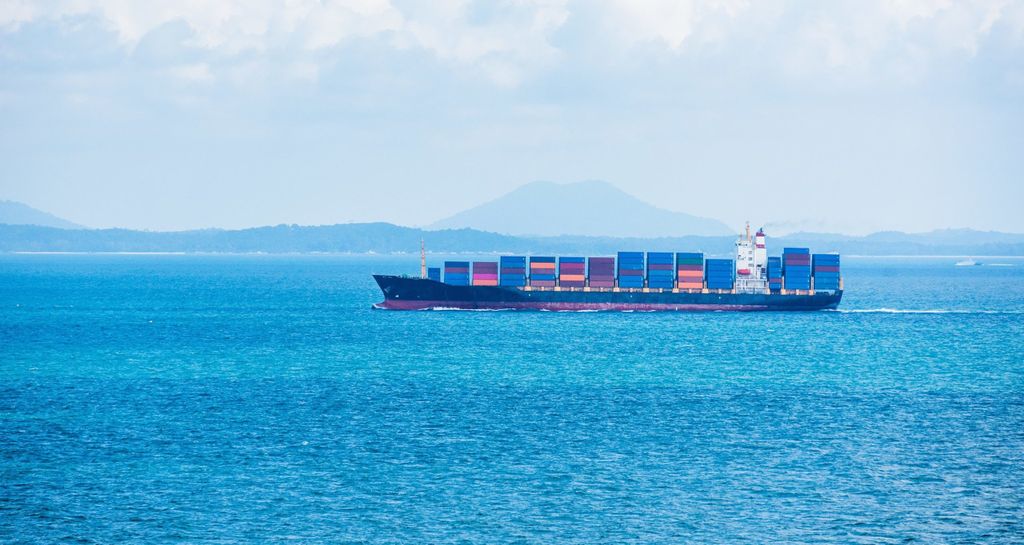
Past event In person & livestreamed

Past event In person & Livestreamed
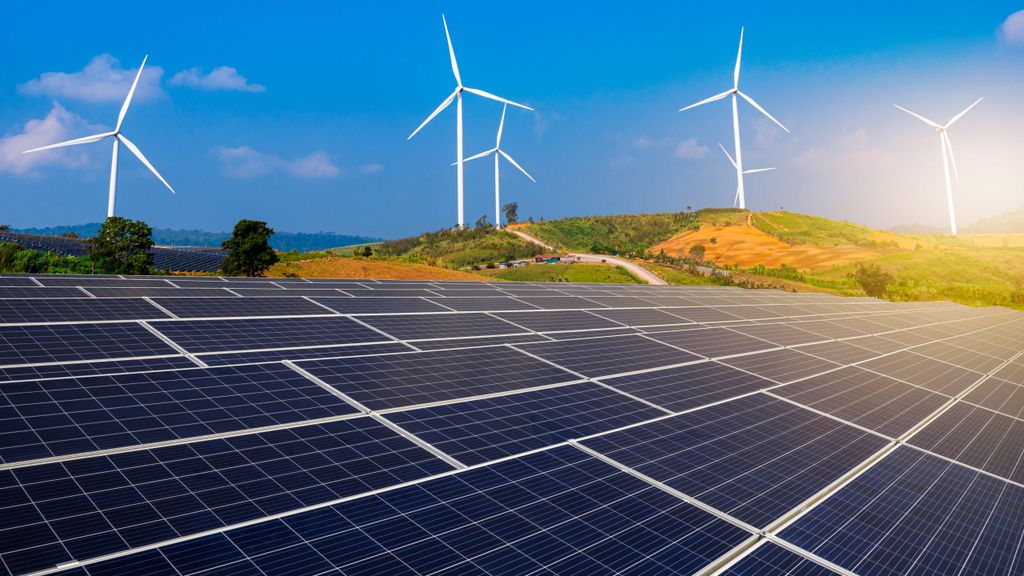
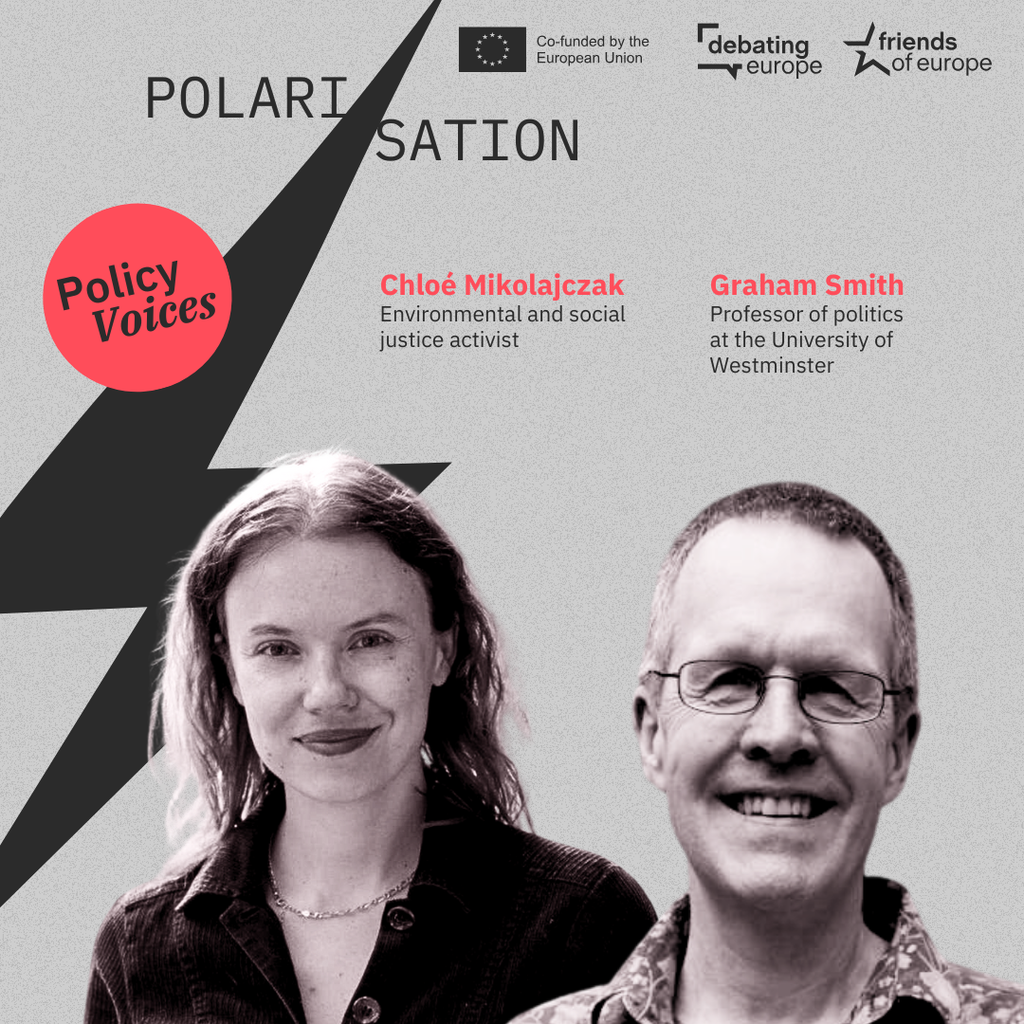

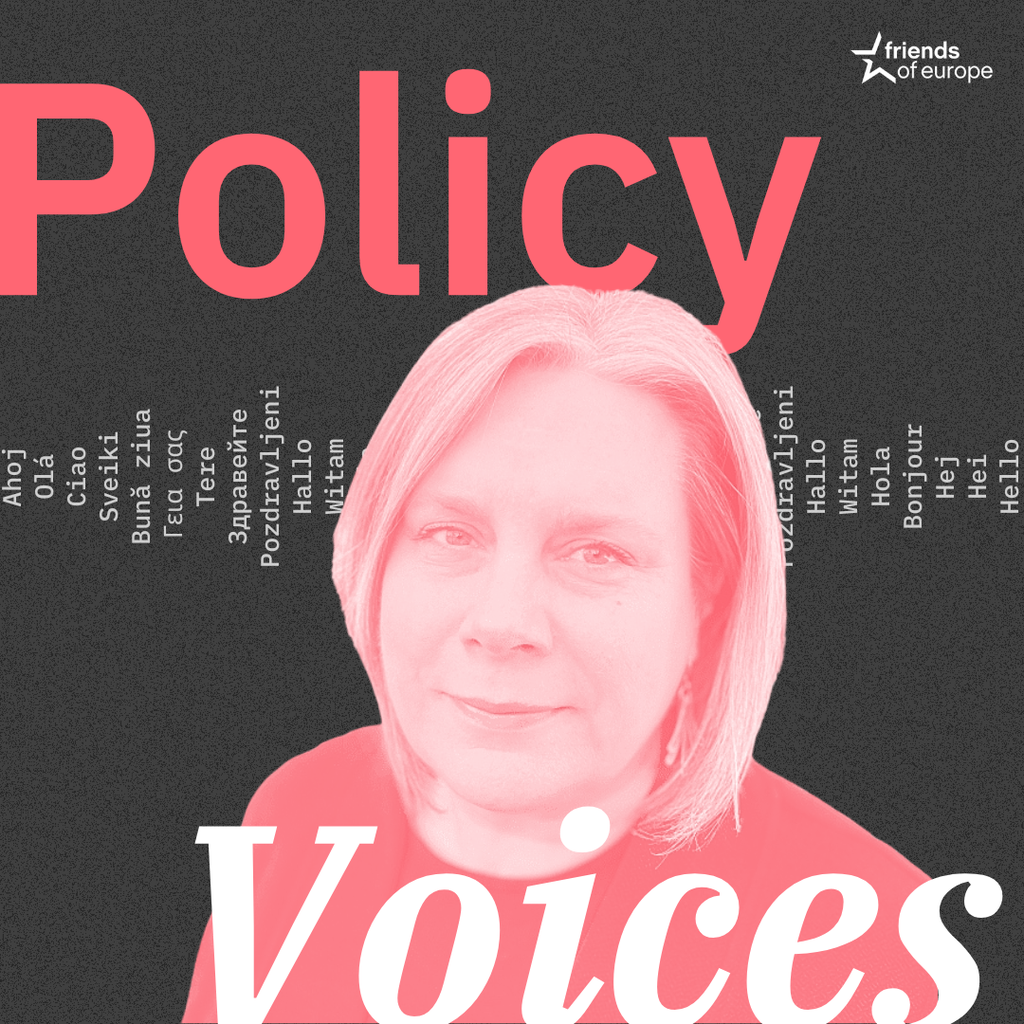
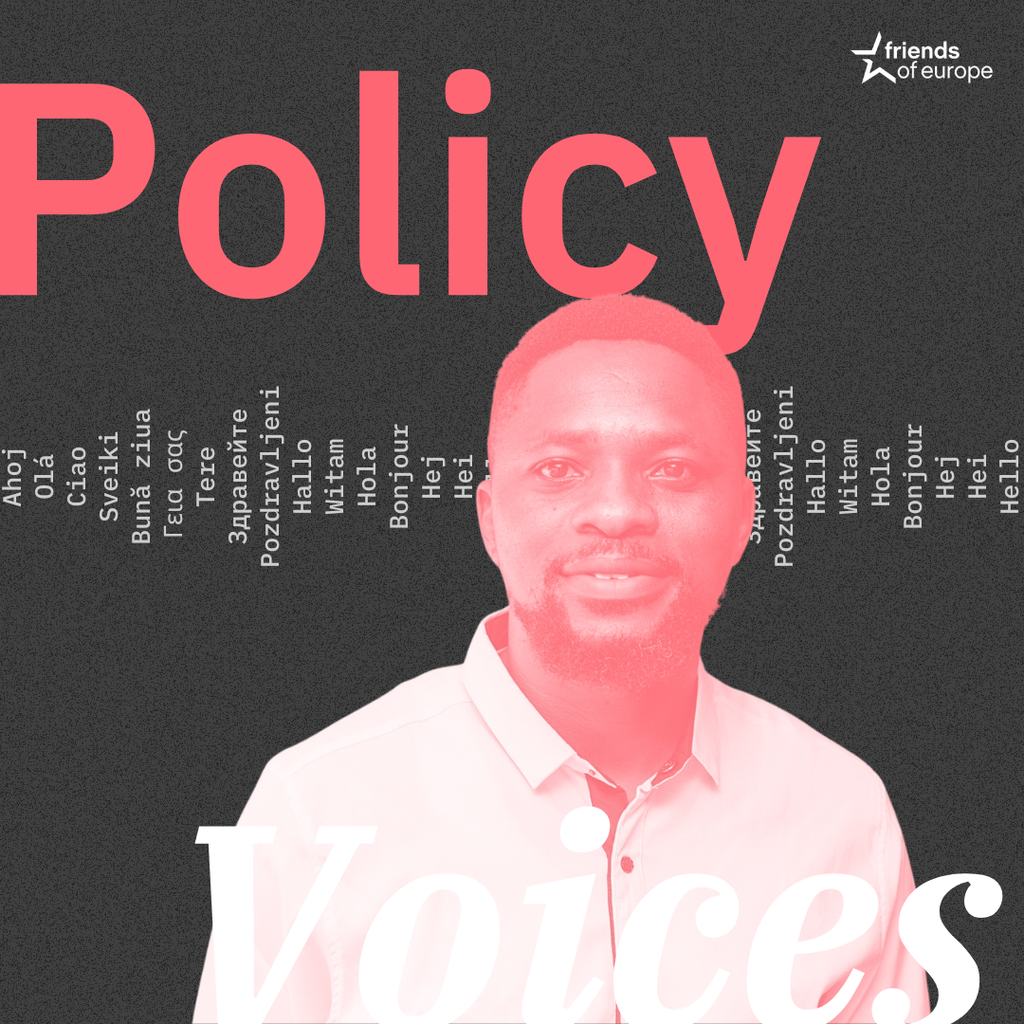
Stay informed
We use cookies and similar technologies to adjust your preferences, analyze traffic and measure the effectiveness of our campaigns. Learn more about our privacy policy.